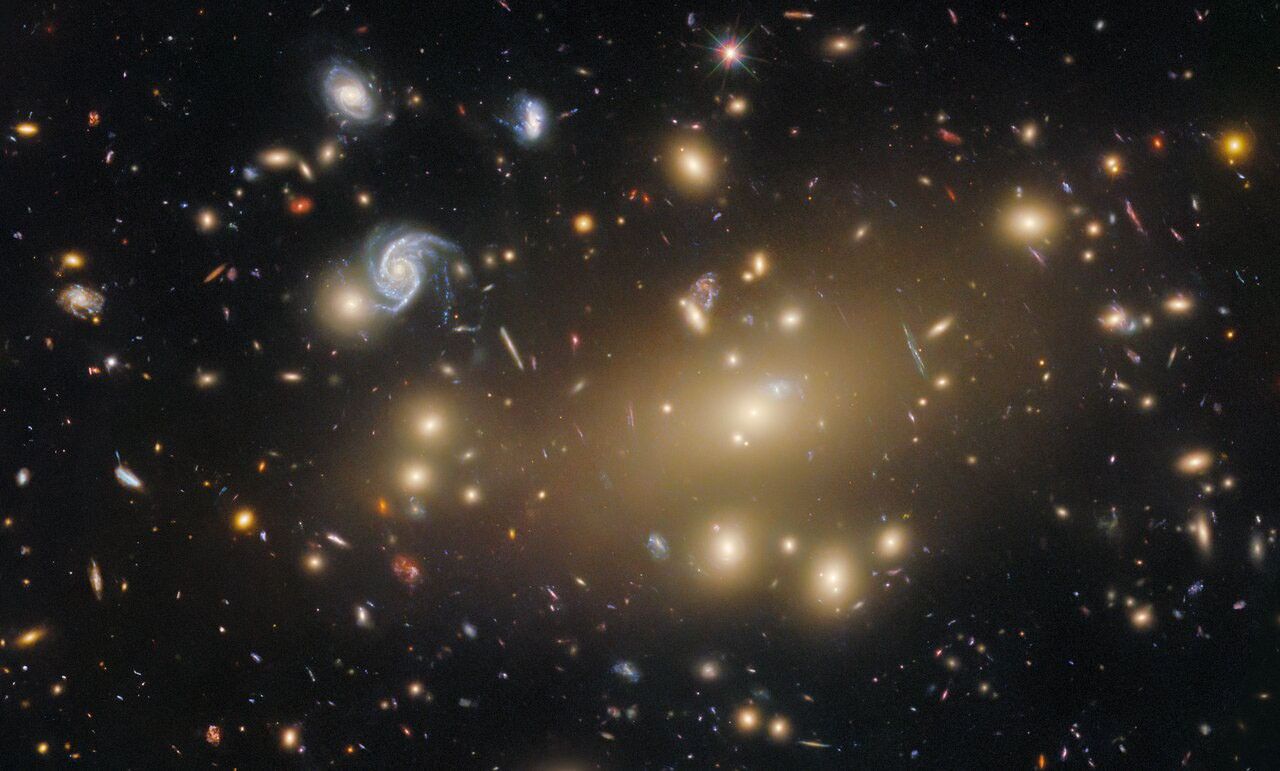RELEASE : 07-15
Engineers Investigate Issue on One of Hubble's Science Instruments
GREENBELT, Md. - NASA engineers are examining a problem related to the Advanced Camera for Surveys (ACS) aboard the agency's Hubble Space Telescope.
On Jan. 27, the observatory entered a protective "safemode" condition at 7:34 a.m. EST. An initial investigation indicates the camera has stopped functioning, and the input power feed to its Side B electronics package has failed.
The instrument had been operating on its redundant electronics since June 30, 2006, when NASA engineers transitioned from the primary, Side A, electronics package due to a malfunction. Engineers currently are assessing the option to return ACS science operations to the primary electronics so that observations could resume in a reduced mode.
Hubble was recovered from safemode around 2 a.m. EST on Jan. 28, and science observations will resume this week using the remaining Hubble instruments: Wide Field Planetary Camera 2, Near Infrared Camera Multi-Object Spectrograph, and the Fine Guidance Sensors.
In November 2006, the Space Telescope Science Institute in Baltimore selected a set of backup non-ACS science programs for use in case of a future ACS anomaly. These programs now will be inserted into the science schedule to maintain a highly productive observing program.
An Anomaly Review Board was appointed on Jan. 29, to investigate the ACS anomaly. The board will perform a thorough investigation and assessment to decide the best course of action. The board is scheduled to present their findings and recommendations by March 2.
"It is too early to know what influences the ACS anomaly may have on Hubble Space Telescope Servicing Mission-4 planning" said Preston Burch, associate director/program manager for the Hubble Space Telescope. "It is important that the review board conduct a thorough investigation that will allow us to determine if there are any changes needed in the new instruments that will be installed on the upcoming servicing mission so that we can be sure of maximizing the telescope's scientific output. We are continuing to make excellent progress in our preparations for the servicing mission, which is presently targeted to fly in September 2008."
The Advanced Camera for Surveys is a third-generation instrument consisting of three electronic cameras, filters and dispersers that detect light from the ultraviolet to the near infrared. The instrument was installed during a March 2002, servicing mission. It was developed jointly by NASA's Goddard Space Flight Center, Greenbelt, Md., Johns Hopkins University, Baltimore; Ball Aerospace, Boulder, Colo.; and the Space Telescope Science Institute.
The Hubble Space Telescope is a project of international cooperation between NASA and the European Space Agency. The Space Telescope Science Institute conducts Hubble science operations. The Institute is operated for NASA by the Association of Universities for Research in Astronomy, Inc., Washington.
Reporters may replay the Hubble media telecon of 1/29/07 by dialing 1-866-490-2548. The recording will be available through 1/30/07.
For information about the Hubble Space Telescope, visit:
- end -
text-only version of this release
For automatic e-mail subscriptions to Goddard press releases, send an electronic mail message to: majordomo@listserv.gsfc.nasa.gov. In the body of the message (not the subject line) type the words "subscribe gsfc_press_releases" (do not use quotation marks). The system will reply with a confirmation via e-mail of each subscription.
To remove your name from the list at any time, send an e-mail address to majordomo@listserv.gsfc.nasa.gov. In the body of the message (not the subject line), type "unsubscribe gsfc_press_releases".



































